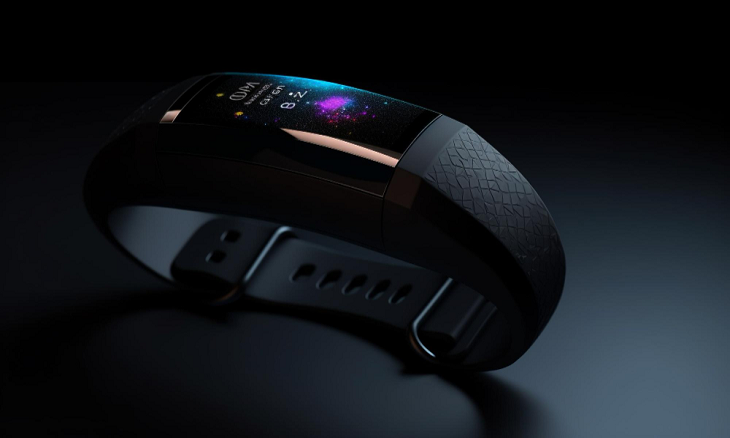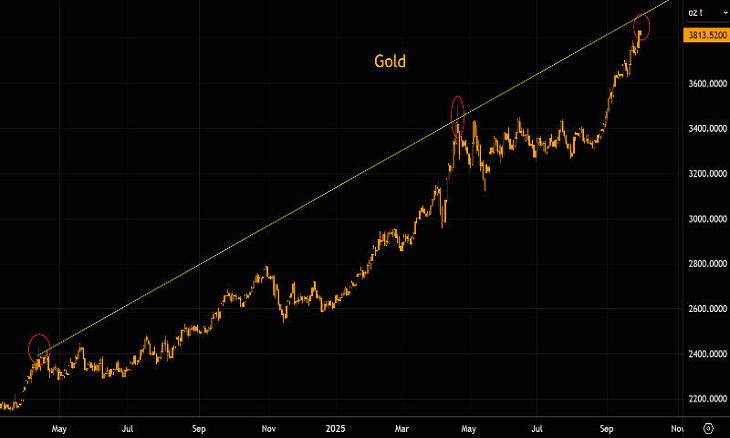As fitness trackers, smartwatches, and health rings become part of everyday life, many users embrace them for step counts, sleep metrics, heart rate trends, and more. But along with the promise of quantified health comes a more troubling question: who is tracking you?
The Proliferation of Wearables & Data Markets
The global market for fitness trackers is booming. According to the article, the industry was valued at $52.29 billion in 2024 and is forecasted to nearly quadruple by 2032. From big names like Fitbit, Apple Watch, and Garmin, to more discreet rings like Oura, users have more choices than ever to “measure everything.”
These devices collect a rich trove of data: movement patterns, vital signs, sleep cycles, and even stress biomarkers. On their own, these datasets can help optimize personal health; but aggregated and shared, they may also be a trove for commercial or governmental surveillance.
The Oura-DoD Partnership: A Red Flag?
One spotlight in the article is Oura, a Finnish smart ring that tracks biometric data. In August, Oura announced a partnership with the U.S. Department of Defense (via Palantir’s “FedStart” platform) to facilitate “population-level analysis of risk and readiness.”
Though Oura’s CEO insisted the company would never sell user data, the alliance triggered social media backlash and skepticism about the ring’s role in civil surveillance. For critics, the concern isn’t idle speculation: this is precisely the sort of data marriage that blurs lines between personal health metrics and state oversight.
From Big Tech to the State: Who Holds the Key?
We already hand over vast amounts of data to tech giants: purchase histories, browsing trails, location logs. ZeroHedge argues that the difference with wearables is one of intimacy — these devices monitor our bodies, our rhythms, our vulnerabilities.
When corporations gather such data, they profit. But when the state uses it — willingly, coercively, or under legal pressure — the balance shifts. The article invokes examples from more authoritarian regimes, where health data is routinely woven into social control systems.
What Can Users Do?
ZeroHedge suggests that the average consumer must become more conscious about the trade-offs. Some recommended guardrails include:
- Read the fine print: Examine terms of service and privacy policies. Know what data is collected, how it’s shared, and with whom.
- Limit data sharing: Turn off features you don’t use. Disable cloud backups, location tracking, or data sharing options.
- Decentralize tracking: For some, manual tracking (e.g. logging a run or meal) may feel safer than automated, always-on monitoring. As the author puts it, “I’ll keep running and tracking ‘manually’.”
- Demand transparency and regulation: As wearables become ubiquitous, there is growing need for oversight, accountability, and regulation over how biometric and health data is handled.
Final Thought: Convenience vs. Autonomy
Wearable technology offers promise — better feedback, improved fitness, deeper self-awareness. But that promise comes with a hidden ledger: who gets to see you, inside and out.
The question isn’t whether we’ll wear trackers, but how intentional we’ll be about who else is wearing our data. As ZeroHedge warns, when “we’re measuring our bodies, it’s not just what we’re tracking — it’s who’s tracking us.”





